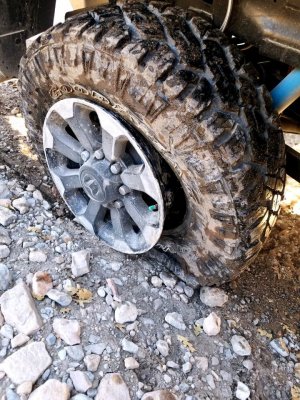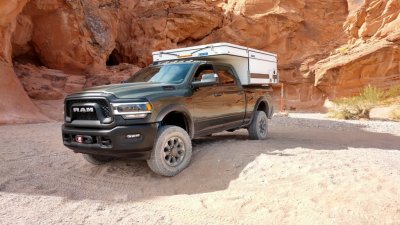Adventurebound
Senior Member
Not to create another "will it fit thread" I'm looking more for information on load ratings. Factory tires couldn't handle the weight of the FourWheel camper (or was it that sharp rock...lol?) and did a tire in with 800 miles on the truck. Time for a much needed upgrade. Leaning towards 37's. Question is, the load rating on all 37's are D2, 8 ply and call for max psi 50. While a 35 is load rated e, 10 ply. Concerned the 37" tire is not "up to the task" of handling the weight of the truck and camper? Am I missing something here? Are they just as strong? For those that understand and have experience with this please educate me, I can't find any good info on this.





